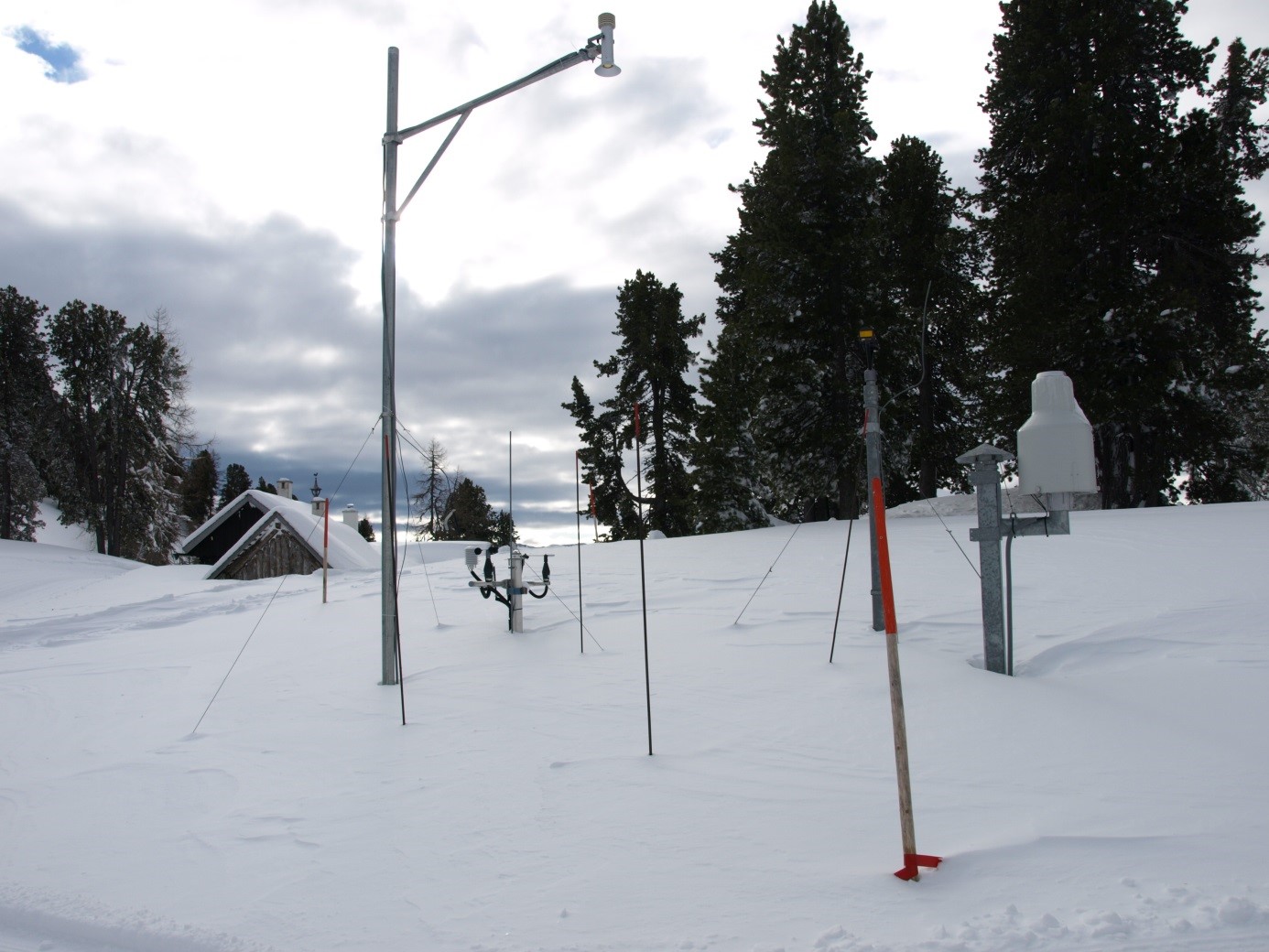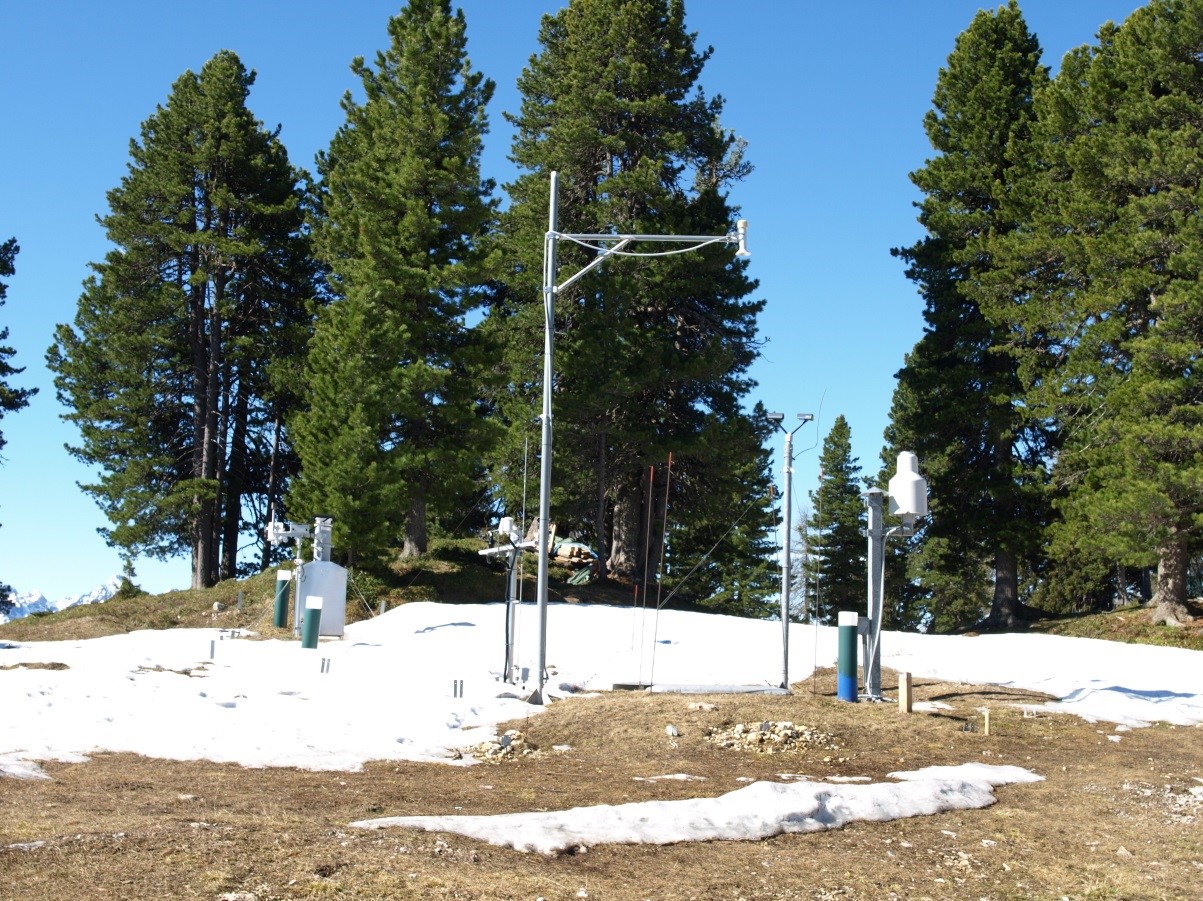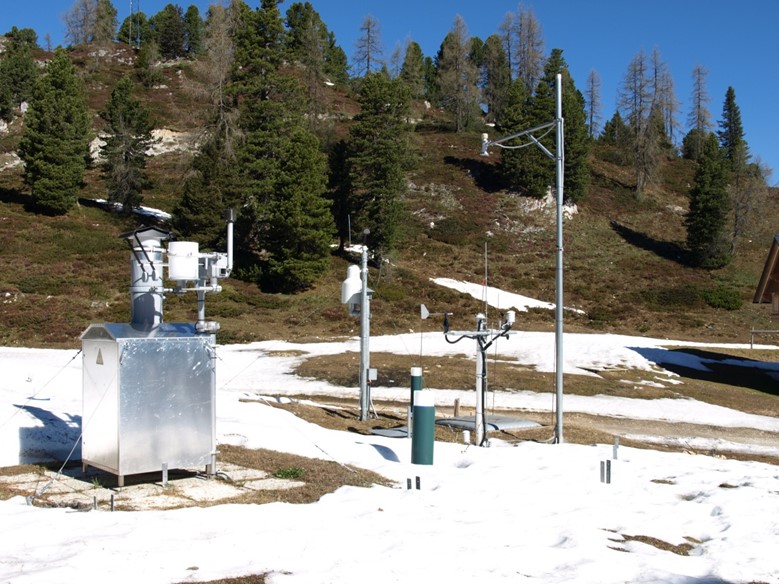Depending on the altitude, storage by the snow cover can be effective until spring or early summer. But snow is also very important for Alpine ecology. On the one hand, the snow cover separates the underlying soil and vegetation from energy exchange with the atmosphere and, on the other hand, it can provide a uniform and long-lasting supply of water to the ground through snow melt. Changes in snow cover and snow hydrology are therefore of diverse interest. At the Stoderzinken research station, the influence of the snow cover on the water balance was researched as part of a research project at an alpine site at an altitude of 1,830 m.

Modeling and measurement results show a clear year-to-year fluctuation in the maximum snow depth (between approx. 80 and 180 cm) and the maximum snow water value (between approx. 200 and 600 mm), with the snowy winter of 2018 clearly being a special case /19 showed.
Such data is of great interest beyond the study area as a basis for model simulations, as it improves the area-distributed modeling of the water balance components.
More information about the “WaBiStoder” research project at www.dafne.at.








